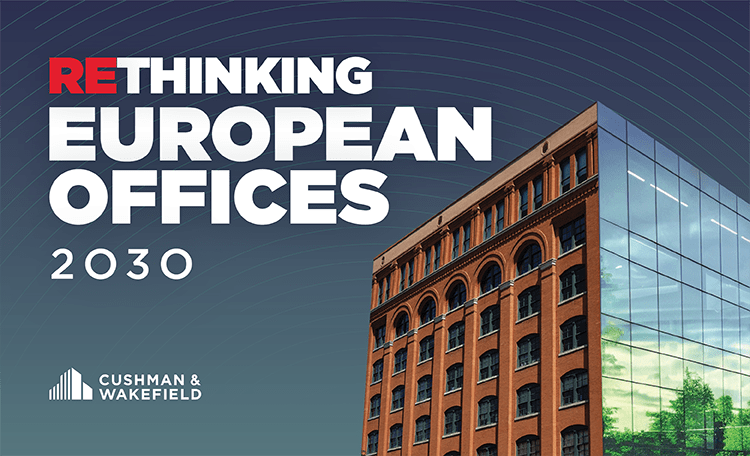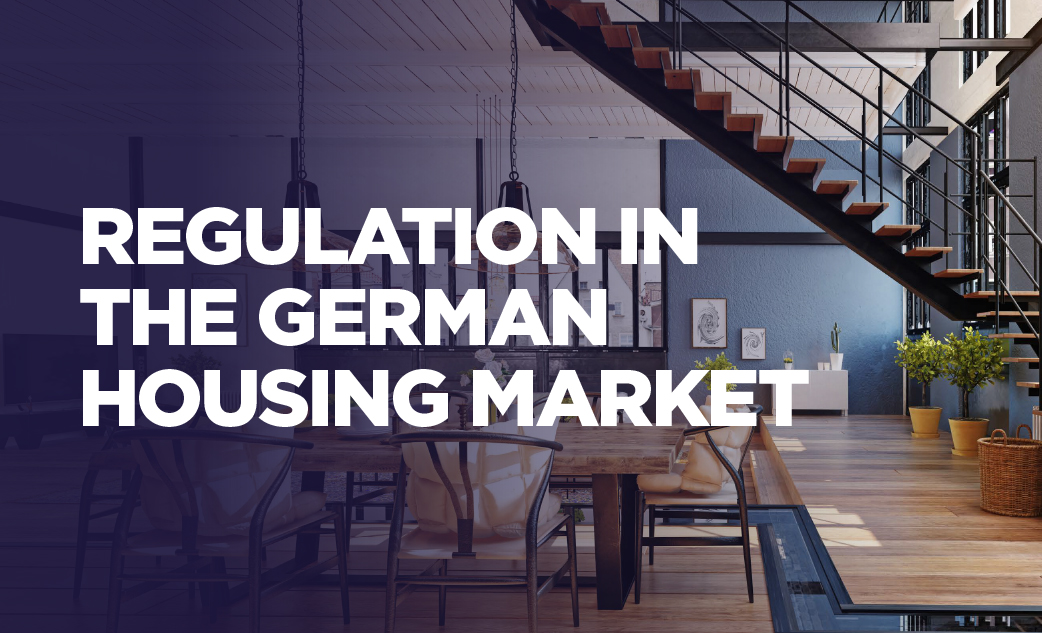In the third quarter, the Munich office market recorded a take-up of 139,000 sqm, thus falling short of the already weak result of 149,600 sqm the previous quarter by 10,600 sqm. The cumulative 466,200 sqm for the first three quarters is 146,200 sqm fewer than last year’s equivalent figure of 612,400 sqm. This corresponds to a 24 percent fall in take-up. Hubert Keyl, Head of Cushman & Wakefield Munich, states: "Take-up continues to decline. The third quarter was the weakest quarter for several years". A total of 157 leases were signed in the third quarter bringing the total for the first nine months to 424, 22 percent lower than last year’s 544.
Central locations continue to generate strong take-up, non-central locations declining
The decline in take-up is particularly noticeable in locations outside the city centre. Here 197,800 sqm of office space has been let in the course of the year to date, 44 percent less than in the same period of the previous year, meaning that the market share of non-central locations has fallen from 57 percent to 42 percent compared to last year. The converse applies in the city centre, within the Mittlerer Ring where take-up for the year to date is 268,400 sqm, and thus three percent above the previous year's figure of 260,700 sqm. Large-scale contracts, including those in Parkstadt Schwabing (City Centre North) and the plant district (City Centre East), have contributed to this high result. The city centre's share of the overall result rose by 15 percentage points to 58 percent.
Leases in the small-space segment on the upswing, major deals still marked by caution
While two major deals for 30,000 sqm with a total take-up of more than 70,000 sqm accounted for almost half of the quarterly result in the second quarter, no transactions in this size category were concluded in the third quarter. The largest lease in the third quarter was in the eastern part of the city centre in Werksviertel where WTS Steuerberatungsgesellschaft mbH rented 10,300 sqm of office space. Thus, the Amazon lease in Parkstadt Schwabing (Innenstadt Nord) for 36,300 sqm remains the largest in the year to date. To date, six deals for office spaces of over 10,000 sqm have been registered.
In addition, a decline can be seen in the segment between 1,000 and 5,000 sqm. In the third quarter, 28 deals were registered bringing the total number in this size category for the year to date to 73. Compared to the first three quarters of last year (a total of 112 deals), this represents a decline of 35 percent.
At 17 percent, the decline in new leases in the small-area segment of less than 500 sqm is significantly lower. This is due to the fact that, following the slump to just 51 leases concluded in the second quarter, the number doubled to 103 in the third quarter, thus returning to the pre-crisis level of the first quarter of 2020.
"The small-area segment is proving more resilient to the current economic situation. Here, demand on the market has returned to normal relatively quickly. There is increasing demand for leases of less than 500 sqm. The majority of large deals on the market are the result of decisions made before the Covid 19 pandemic," said Dennis Beisser, Research Analyst at Cushman & Wakefield in Munich.
Shortage of space leading to continued growth in rent levels, particularly in the city centre
The prime rent remains at the historically high level of € 39.50 per sqm per month, having risen by € 1.00 over the last twelve months.
In the third quarter, the weighted average rent for the last twelve months across all building categories was € 21.65 per sqm per month, € 2.00, or ten percent, higher than in the same period last year. The average rent increased in the city centre in particular. It currently stands at € 27.15 per sqm per month, up € 2.80 or eleven percent on the prior-year figure of € 24.35. Within the city centre, the old town recorded the greatest increase. Here, the average rent has risen by € 6.10 to € 35.00 per sqm per month over the last twelve months.
"Central locations in Munich are still under pressure. Low supply is meeting high demand despite the Covid-19 pandemic. This is leading to further growth in rent levels. In non-central locations, however, it is apparent that the decline in demand is slowing the rate of rent growth. Here we are seeing a stagnation in rents," said Dennis Beisser. Hubert Keyl added: "Rental incentives were at the lowest level of the current cycle until the beginning of 2020. In prime locations, no rent-free periods were granted and in non-central locations rent-free periods of only two-months were being granted. Now it is becoming apparent that incentives are increasing, especially in non-central locations".
IT sector in strongest demand; public institutions increasingly rent
Although IT sector take-up fell by 26 percent compared to the same period last year, from 153,600 sqm to 114,300 sqm, it remains the major sector in the Munich office market, contributing almost a quarter of the overall result. By contrast, take-up generated by the media, construction and real estate sectors in particular have seen significant declines. Each of these two sectors contributed ten percent of take-up in the equivalent period last year, but in the current year just under four percent.
Public institutions are still the source of strikingly strong demand. In the course of the year to date, they have leased 38,500 sqm, which is 16,100 sqm or 72 percent more office space than in the same period last year (22,400 sqm).
Construction volume remains high; however, the shortage of space is only easing to a limited extent
In the third quarter, 122,400 sqm of modern office space was completed, bringing the year’s cumulative completion volume to 243,000 sqm. A further 80,400 sqm of office space will be completed by the end of the year, of which 80 percent is pre-let. In addition, 861,600 sqm of office space is under construction and scheduled for completion in 2021 and 2022. Here the pre-letting rate is currently 40 percent.
A large number of development projects are taking place in the city centre. In City Centre East, 189,900 sqm of office space is to be completed by the end of 2022. A similarly high level of construction activity can be found in the western part of the city centre. Here 123,400 sqm is under construction, also scheduled for completion in the next two years. However, the high volume of new construction will only provide limited relief from the shortage of space in the city centre. With pre-letting rates of e.g. 78 percent in City Centre West and 58 percent in City Centre East, the majority of the space in development projects has already been let.
However, a new source of supply for users seeking space has come into the market in the form of sublet space. Around 87,000 sqm of office space is currently available on the market for subletting. Of this, around 33,000 sqm or 38 percent is on the market as a result of the effects of the Covid 19 pandemic. There are many reasons for the increase in subletting: insolvency, early relocation to new premises, cancelled moves and, in some cases, an increase in remote working from home.
Hubert Keyl concludes: "With the Covid 19 lockdown, new inquiries came to a complete standstill until well into June. Likewise, numerous current space searches were put on hold at short notice. A revival in new inquiries as well as the resumption of searches that had been put on hold became evident in the summer. However, the associated leases will only become apparent on the market in the coming months. We therefore expect to see larger-scale leases being concluded again in the fourth quarter. Annual take-up in 2020 will nevertheless remain significantly lower than that of last year".





